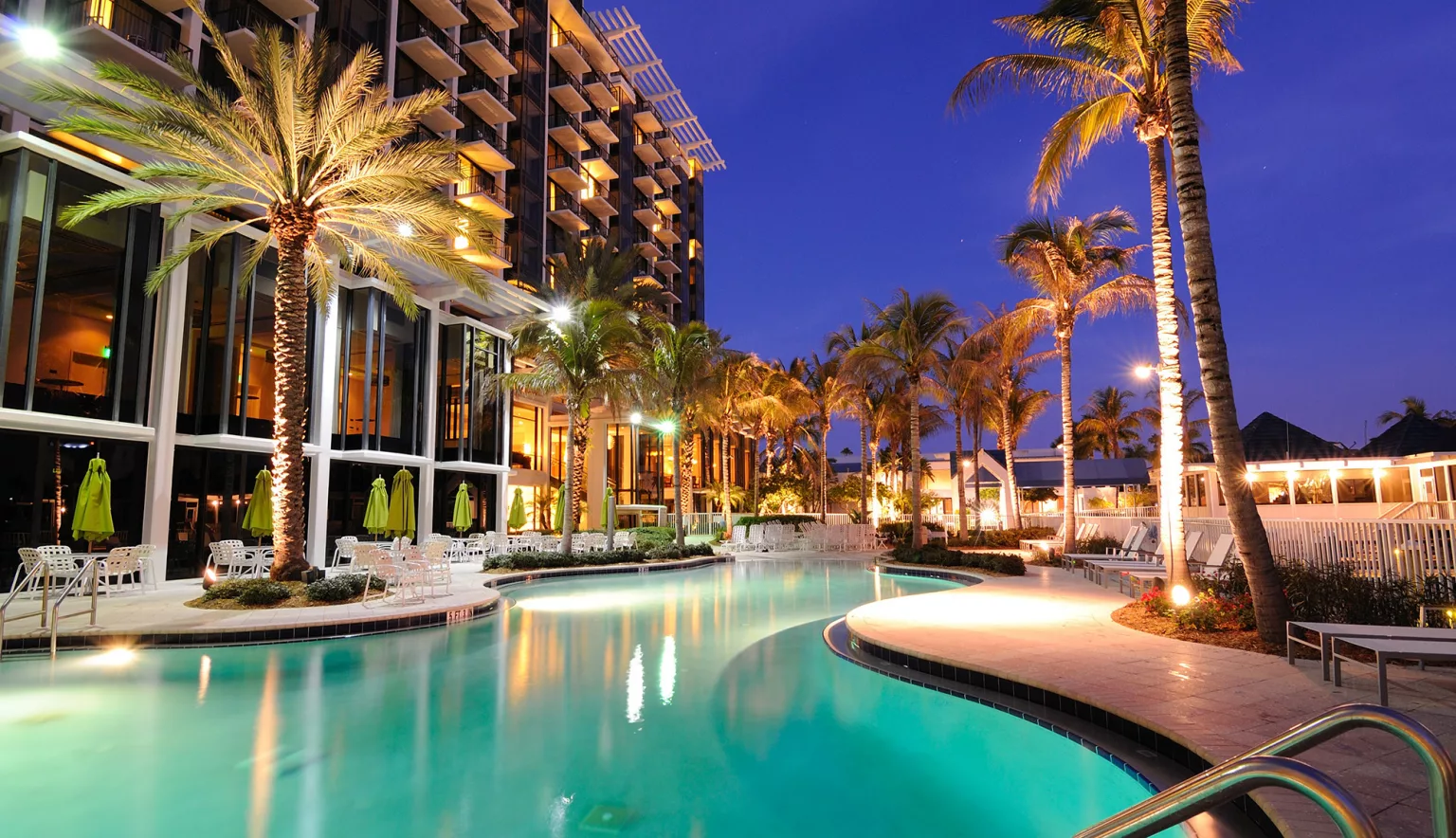From urban communities to island resorts, OBMI is the firm that creates globally spanning construction projects designed to represent the company values of preservation, heritage, luxury, and sustainability.
ARCHITECTURE DESIGNED FOR EXPERIENCES
“We are architects of storied places” – this one quote sums up the thinking behind project design for OBMI Architecture.
An international leader for luxury travel design, the company boasts multiple projects that span the globe, each of which incorporate the positive core values the company holds.
From its founding in 1936 (then known as Onions and Bouchard – the names of those that started it), the firm took to the stage starting by popularising Bermuda-style architecture. Through attracting wealthy clientele, the company moved forward. The firm was commissioned to complete larger and more notable projects such as the island’s Bermuda City Hall.
Then, in 1950, it saw a change to the name we know today.
In the present, OBMI Architecture focuses on various projects that span from inner-city urban development to hotels and resorts on exotic Caribbean islands.
Holding to its core values, the firm’s designs remain seamlessly incorporated into the nature of landscapes. As for larger projects surrounding urban development, the company ensures that there is a maximum use of outdoor social areas, and ergonomic office space.
OBMI’s urban planning team (urban planners) add vitality to company designs through transferring their understanding of urban forces to project practice.
“Our firm was born from the idea that appropriate architecture creating a well-designed space is itself an experience,” the company states.
The urban planners provide the designs with an element of social meaning that enhances the lives of those in the area. By increasing space and adding the seamless transition of design the company creates urban areas with a “sense of place”.
NATURE AND NEWBUILDS
It is the core company values that are key aspects in its designs. As the firm often works in exotic and environmentally vulnerable locations, the planning of projects always considers and ensures wildlife preservation. Sustainability in both the wilderness and the human world is incorporated into the thought and practice behind design.
OBMI manages to achieve this level of preservation through building a relationship with the local wildlife, allowing it to thrive during and after construction. Each project works alongside the wild flora and fauna to ensure connectivity between the human and natural world.
This important task is largely down to the company’s Green Matters team. Team members focus their efforts towards creating a symbiotic relationship between the construction projects and the vulnerable wildlife that lays beyond.
The team always works with the future in mind and installs a well thought out plan for the best long-term conditions for the land, sea, and the people.
OBMI’s Ritz Carlton Hotel based in the Cayman Islands is a prime example. The site had been severely affected by Hurricane Ivan due to previous man-made destruction of the mangrove system. The roots of the mangrove trees collectively make a barrier that acts as a buffer to dissipate the forces of the ocean. This protects the coastal regions from the effects of storms and erosion.
Hermitage Bay Resort is another. Based in an environmentally sensitive water’s edge in Antigua, the Hermitage Bay project focussed on blending the architecture into the natural beauty of the landscape, rather than sitting upon it.
As previously highlighted, OBMI ensures that its work caters to both nature and people.
On the human side of the firm’s architecture, historic and cultural elements are widely utilised. The focal point of this aspect is celebrating the heritage of various cultures through historic and traditional design, such as the planned Tazi Palace Hotel based on the outskirts of Tangiers.
“Sensitive architecture makes the five-star Tazi Palace Hotel an authentic celebration of Morocco’s rich history and culture.”
The beauty of the heritage factor is that it blends into the tradition of the chosen project’s local areas. This ends in newly completed designs feeling as if they fit in with the vast history that dwells throughout the different countries and regions the company works within.
BEYOND COVID-19
However, with current global obstacles severely affecting the construction and, without a doubt, the travel industries, OBMI has had to adapt.
“As many hotels around the globe begin to reopen with unprecedented exposure to virus-related risks, operators and developers look for guidance for essential measures to operate safely and attract guests to their property,” the company states.
‘Beyond COVID-19’, an article written by Giovanni Medina, the firm’s Associate Lead Designer, talks about combatting the virus in the industry.
“Its effects are going to last into the foreseeable future,” Medina says.
“As hotel designers and architects, we are always looking for ways to innovate and introduce new concepts to meet the constantly evolving needs of guests. Now more than ever, it’s our responsibility to solve some of the challenges stemming from the pandemic so that guests feel safe, while also continuing to elevate convenience and the overall guest experience.”
The future, then, will be defined by how innovation is utilised to overcome these complex challenges. With the industry adapting to new methods of working, exciting times lay ahead for the sustainable luxury projects designed by OBMI.


































